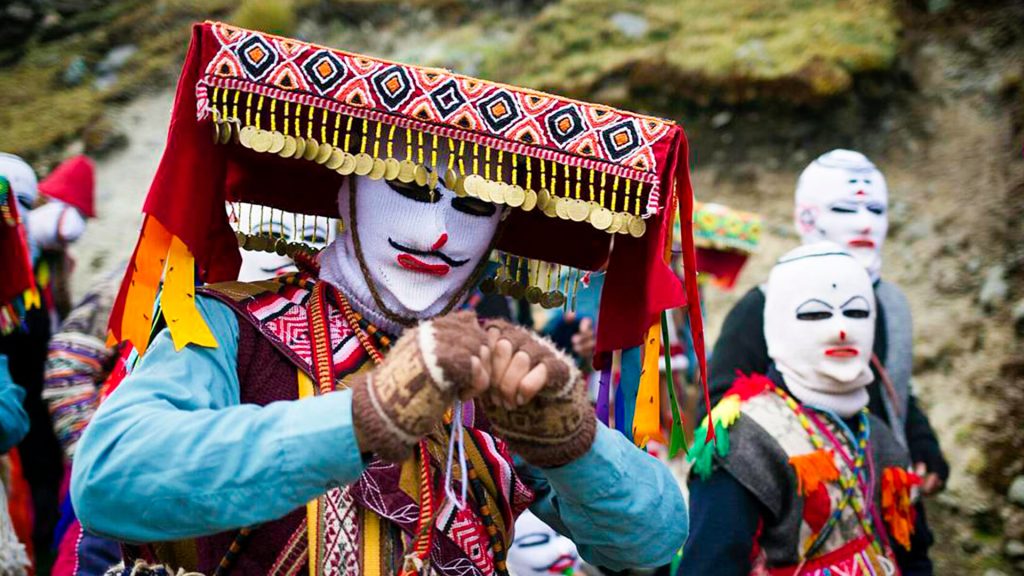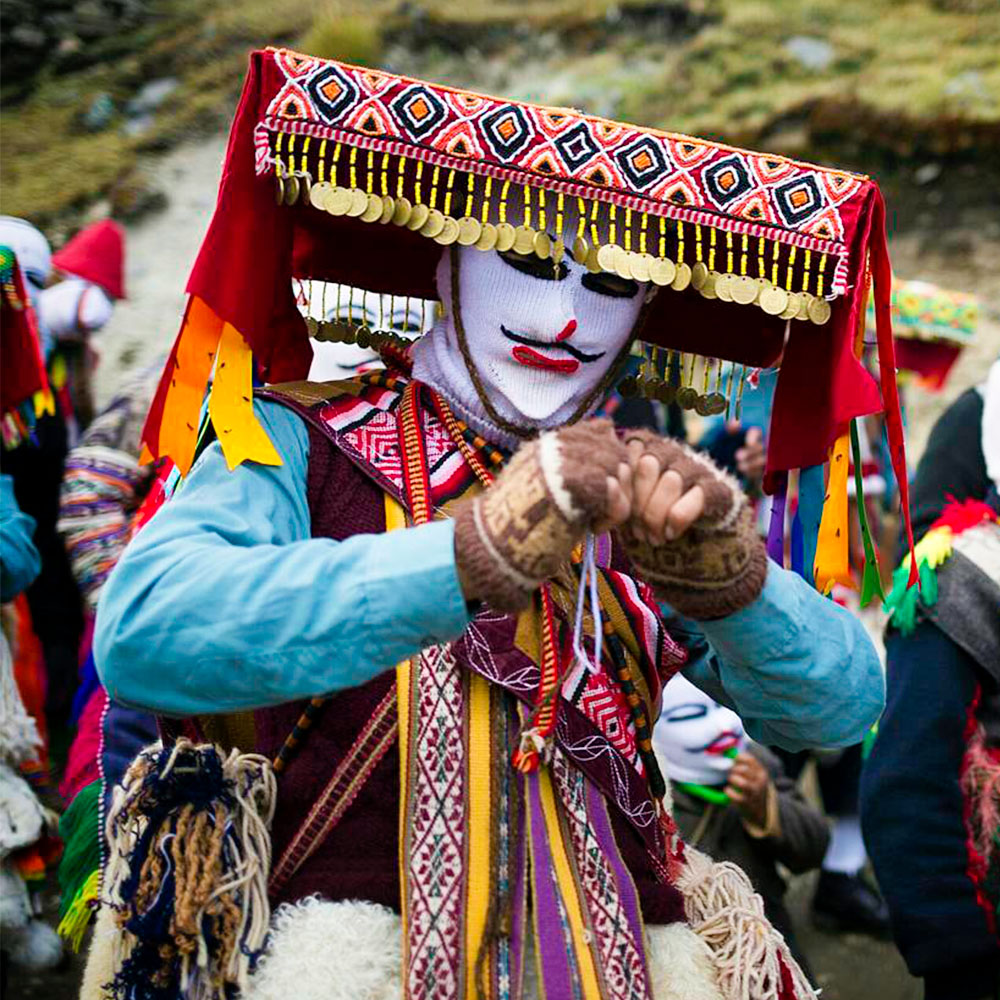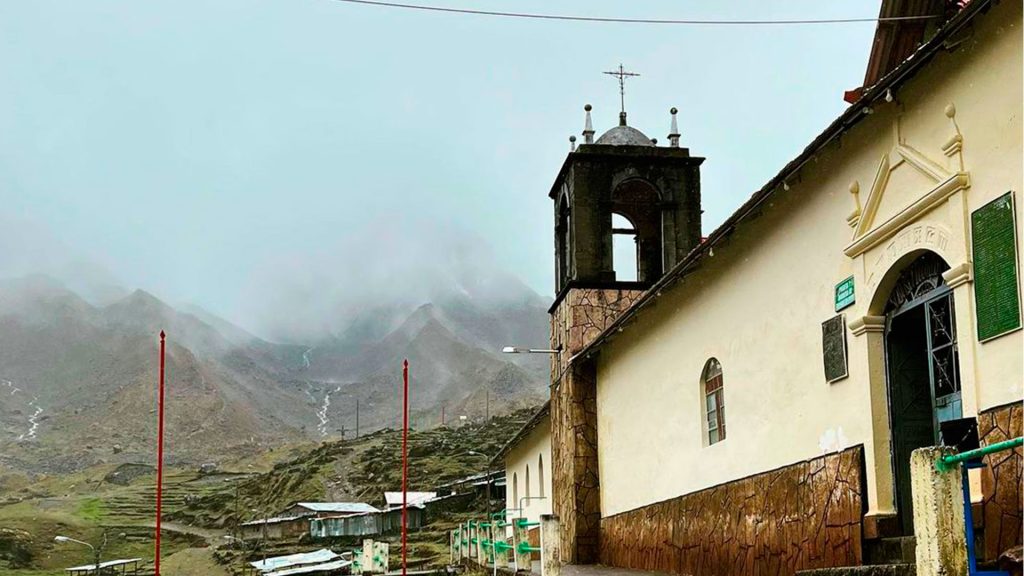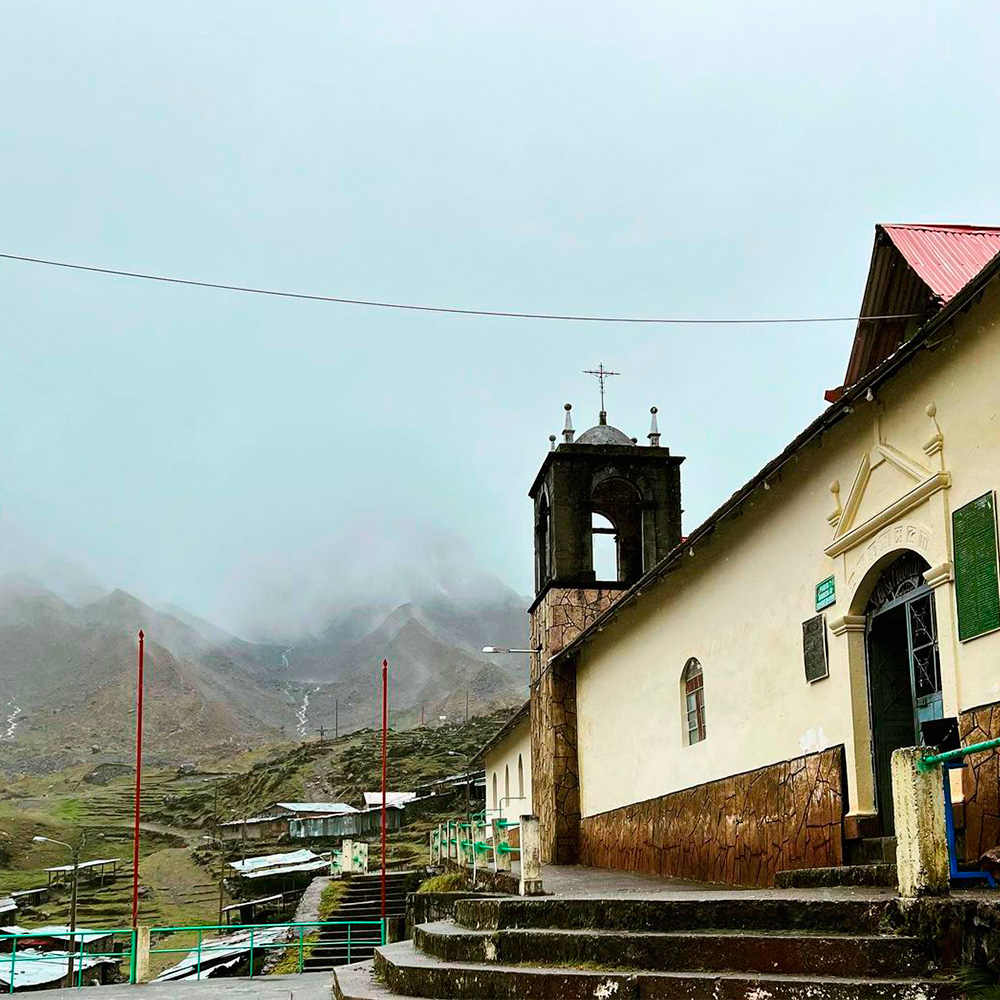

The festival of the Lord of Qoyllur Rit'i is the most crowded religious manifestation in Cusco. It is estimated that more than 10,000 people participate in the pilgrimage to the slopes of Mount Ausangate, located at 4,700 meters above sea level.
This festival was declared an Intangible Cultural Heritage of Humanity by UNESCO in 2011.
In the 18th century, the story is told of a boy named Mariano Mayta, a young shepherd sent by his father to tend the livestock at the foot of Mount Sinakara, accompanied by his older brother, who enjoyed exploring the world and often left Mariano alone. Thus, Mariano's constant solitude led him to consider leaving the cabin where he lived.
On his way, he met Manuel, a boy his age, radiant and blonde like the sun, who, after hearing his story, offered him his friendship. The relationship between the two became close, meeting daily in the same place to spend time together. They were seen on a couple of occasions by a friend of Mariano's father, who went to inform Mariano's father about the situation.
The father, intrigued, questioned Mariano, who told him about his friend and how he kept him company and helped him tend the livestock. The father rewarded Mariano with a new set of clothes for his work. This gesture piqued Mariano's curiosity, as every time he met Manuel, he always had immaculate clothing.
One day, Manuel arrived for their meeting with very worn and dirty clothes. Concerned about the sudden deterioration of his friend's clothing, Mariano set out on a journey to find a similar fabric, reaching the city of Juliaca. There he discovered that the fabric was of high quality and associated with important figures such as the Bishop.
Mariano met with the Bishop, who, curious about the boy's request, wrote an official letter to the priest of Ocongate, asking him to investigate the situation.
Upon returning to his village, Mariano delivered the Bishop's letter to the priest, who, along with a committee, set out to investigate the situation. They went to the mountain, where they found Manuel surrounded by a light that prevented them from approaching. With no other option, they returned to the village. However, determined, they returned with a new committee and surrounded the boy, but when they tried to touch him, they discovered that Manuel's body was crucified on a Tayanka branch in the shape of a cross.
All those present knelt in faith at the foot of the crucified boy; however, Mariano was shocked and desperate, seeing his friend crucified. Believing that the people who surrounded him were responsible for such an act, he could not bear the shock and died instantly, with his body remaining near that of his friend.
The news of what had happened reached the ears of the King of Spain, Charles III, who requested that the cross be brought before him to verify its authenticity. However, the ruler did not return the cross within the agreed time, causing discomfort among the population, who wanted to start a revolt. With no other options, the Catholic authorities decided to have another similar image made. This image is the one that is currently venerated in the Temple of Ocongate.
Currently, there is an image of the crucified Christ engraved on a rock, created by the Cusco artist Fabián Palomino. This image is located over the tomb of Mariano Mayta. People come to this place to light candles and perform religious acts. This image is known as the Lord of Qoyllur Rit'i, and around it, the Temple that all pilgrims now visit was built.


The Festivity of the Lord of Qoyllur Rit'i takes place in the Sanctuary of Sinankara on the slopes of Mount Ausangate, in the province of Quispicanchis, district of Ocongate, located at 4,700 meters above sea level, with temperatures below 0 °C.
It is one of the largest festivals in America, as the inhabitants of all Cusco send delegations representing: Cusco, Urubamba, Calca, Paucartambo, Acomayo, Canchis, Quispicanchis, and Canas. These are called “Nations” and are accompanied by musical groups and dancers who symbolize various characters from Andean mythology.
The ukukus (bears), the most popular, are the guardians of the Lord and the Apus and maintain discipline during the liturgical acts.
A group of worshippers, dressed as “pabluchas,” ascend the mountain in search of the Snow Star. Upon returning to their communities, these people carry blocks of ice on their backs to water their lands with the sacred water of Ausangate.
You can visit it throughout the year; however, the pilgrimage to the Lord of Qoyllur Rit'i takes place between May and June, approximately 40 days after Easter Sunday.
The Sanctuary of the Lord of Qoyllur Rit'i is located in the province of Quispicanchis, district of Ocongate, at an altitude of 4,700 meters.
The climate during the Festivity of the Lord of Qoyllur Rit’i is cold, with temperatures that can drop to 0 °C. The days are sunny, and during the night, the cold is intense.

Happy passengers